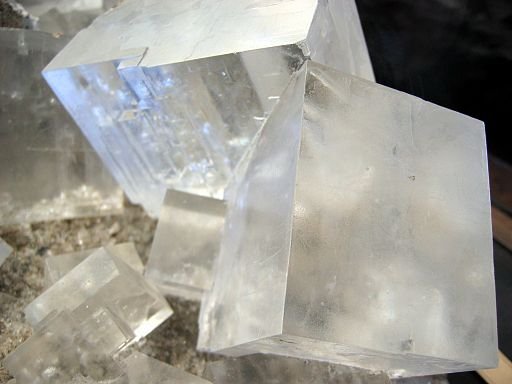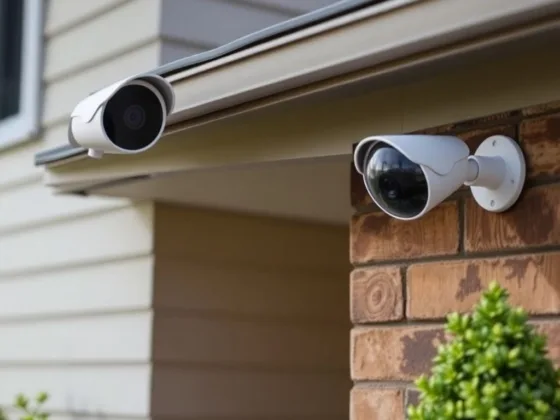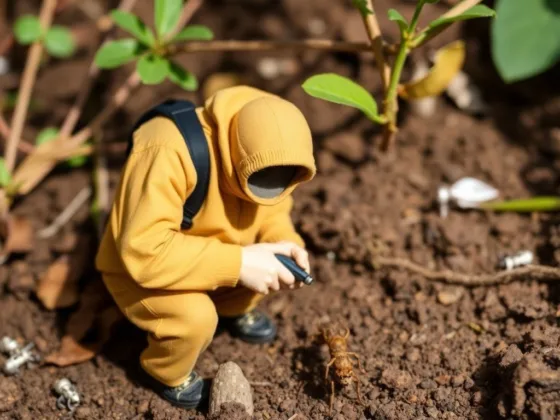Table of Contents Show
There aren’t many maintenance projects around the house as significant as painting the exterior. Paint protects the house against the elements, such as rain, ice, and snow. A well-done paint job increases both the curb appeal of your house and the potential resale value, in case you end up selling it in the future.

Paintjobs 101, 5 Things You Should Know About Paint
Your home is due for a repaint the moment you spot any blisters, cracks or peels in the paint. Make sure you don’t postpone fixing these issues, that way the repairs won’t take long and won’t be as expensive.
Read Also:
1. Finding the Right Paint
When it comes to exterior painting, there are two main types of paint you can choose from water-based latex or oil-based alkyd. The main difference between these two is that latex requires only water and soap to be removed, while alkyd demands paint thinner. Also, latex dries more quickly while keeping its flexibility, which allows it to withstand long periods of time without cracking.
Alkyd, on the other hand, is favored by professionals, as it’s more durable and stain-resistant. However, it dries very slowly, with a strong, pungent smell, as opposed to low odor latex paint.
2. Don’t Go Overboard with the Price
This is the single most important rule when it comes to painting jobs and home renovations in general. Plan a budget and purchase accordingly. Don’t go for the cheapest paint you can find, they are mostly low-quality and contain little pigment. That said, buying the top-shelf paint will cost you a pretty penny but will produce a thick coating that lasts longer.
Consider the pros and cons of both and get the one that both fits your budget and satisfies your personal needs.
3. Follow the Instructions
Most people tend to completely ignore the label on a paint can, let alone the fine print. However, labels contain important information not only about that paint but also instructions on how to prime the surface properly and at which temperature is it best to use that specific paint.
The majority of paints should not be applied if the temperature is 10 degrees Celsius or lower, nevertheless, there are some paints formulated specifically to be used in temperatures as low as 1 degree Celsius.
4. Prepare the Surface
Cleaning the house’s exterior before a paint job is crucial. The paint won’t stick to the surface if there’s any grime, dirt, chipped paint, or mildew, so make sure to clean it up properly. You can use a soft-bristle brush to clean the surface, or if that’s too much of a hassle, use a power sprayer.
Remember to tap any nails below the surface and fill the holes up with putty. After the putty hardens, sand off the excess with a sander or softer sandpaper. Painting directly over old paint is doable only if the old paint is in good condition.
5. Choose the Right Tools and Conditions
Using rollers is effective when painting long and large surfaces, like trim or siding. Brushes are better for small areas and narrow surfaces, such as edges and corners. The thickness of paint-brush bristles depends on the viscosity of the paint you’re using, so make sure to shop for them accordingly. As to when, painting is best done during the day, but not directly in the sun because you don’t want the paint to dry too fast, or it’s crack up sooner rather than later.

Professionals from ASAP House Painting Sydney recommend painting in the shade, moving to the next side only when the sun moves and that side is away from the sun. This ensures that paint sticks well and you don’t get a heatstroke applying it.
Whether you just got the new house or your old home needs some work done, repainting the house adds a breath of fresh air to it. Besides aesthetics, the new paint also protects the house from sun, rain, snow, and ice. And your house is due for a repaint as soon as you notice any damage, including peels, blisters or cracks.
Unlike the interior, which can be painted by anyone with a paintbrush, the exterior demands much more preparation and in most cases is very difficult to do, so make sure to contact an expert if you need any help.
References
- DifferenceBetween.Net; Difference Between Alkyd and Latex Paint: http://www.differencebetween.net/miscellaneous/difference-between-alkyd-and-latex-paint/
- HousePaintingGuide.org; How to Prepare Outside Surfaces for Painting: Getting It Right the First Time: http://www.housepaintingguide.org/how-to-prepare-outside-surfaces-for-painting-getting-it-right-the-first-time/









